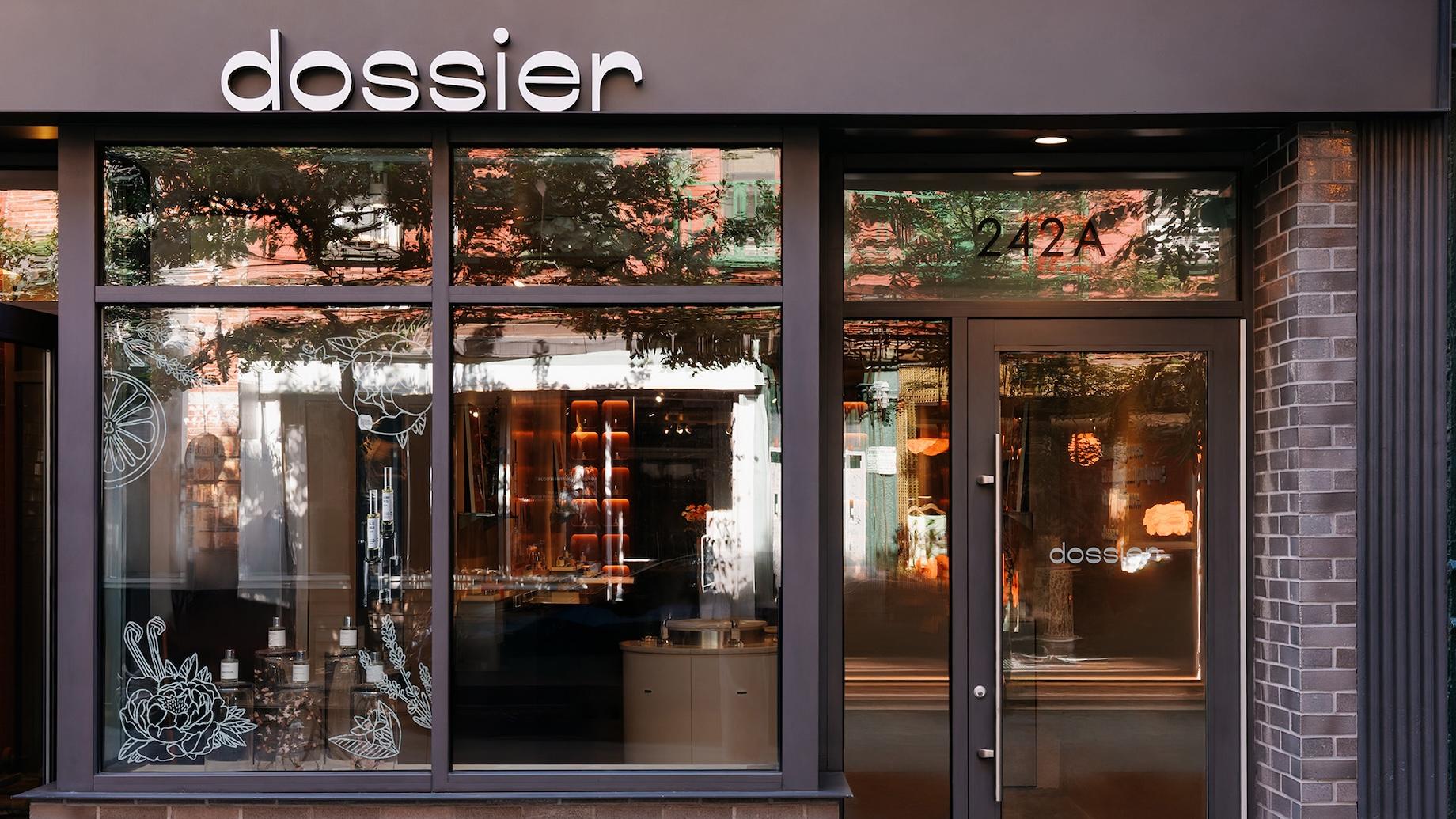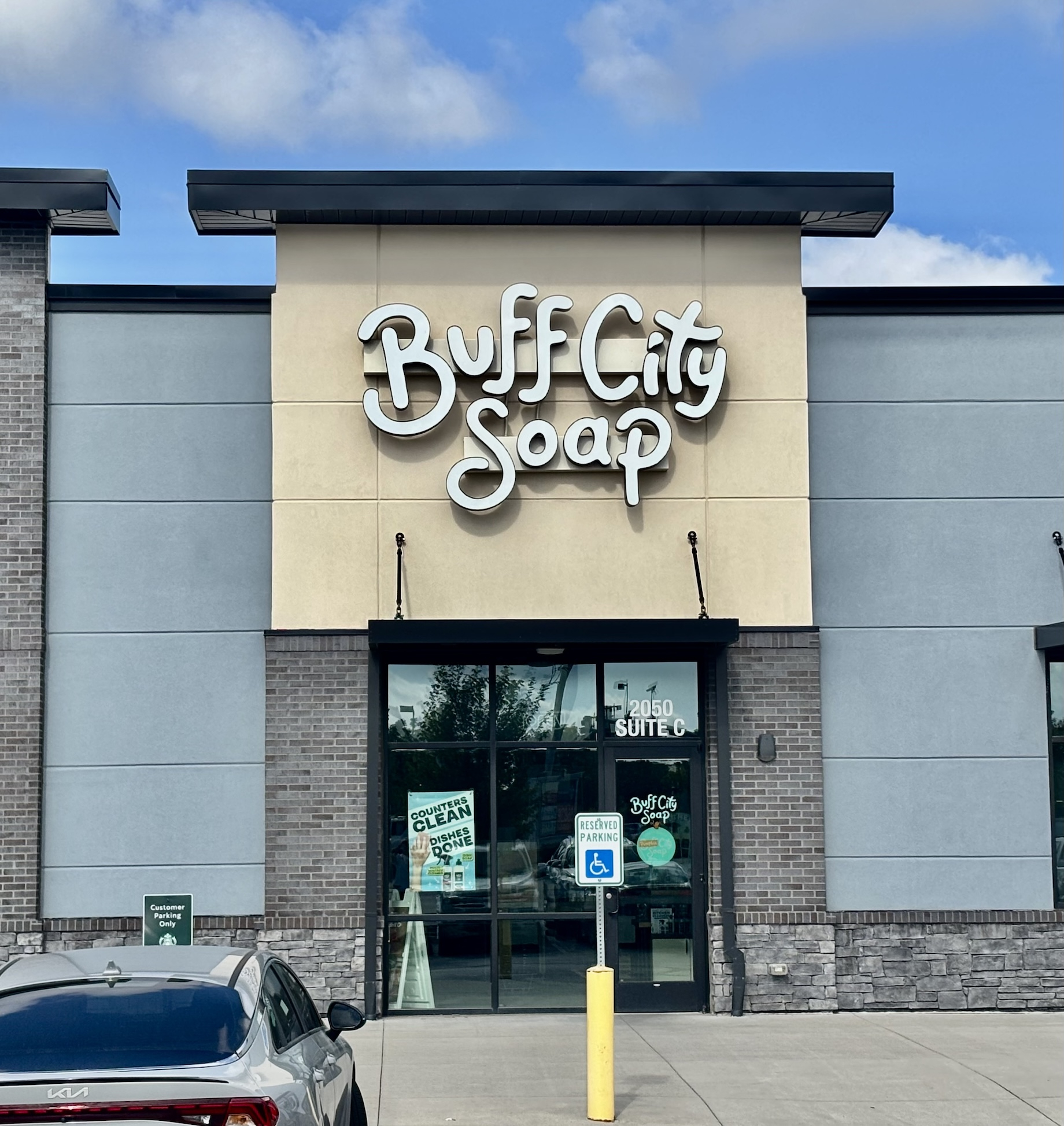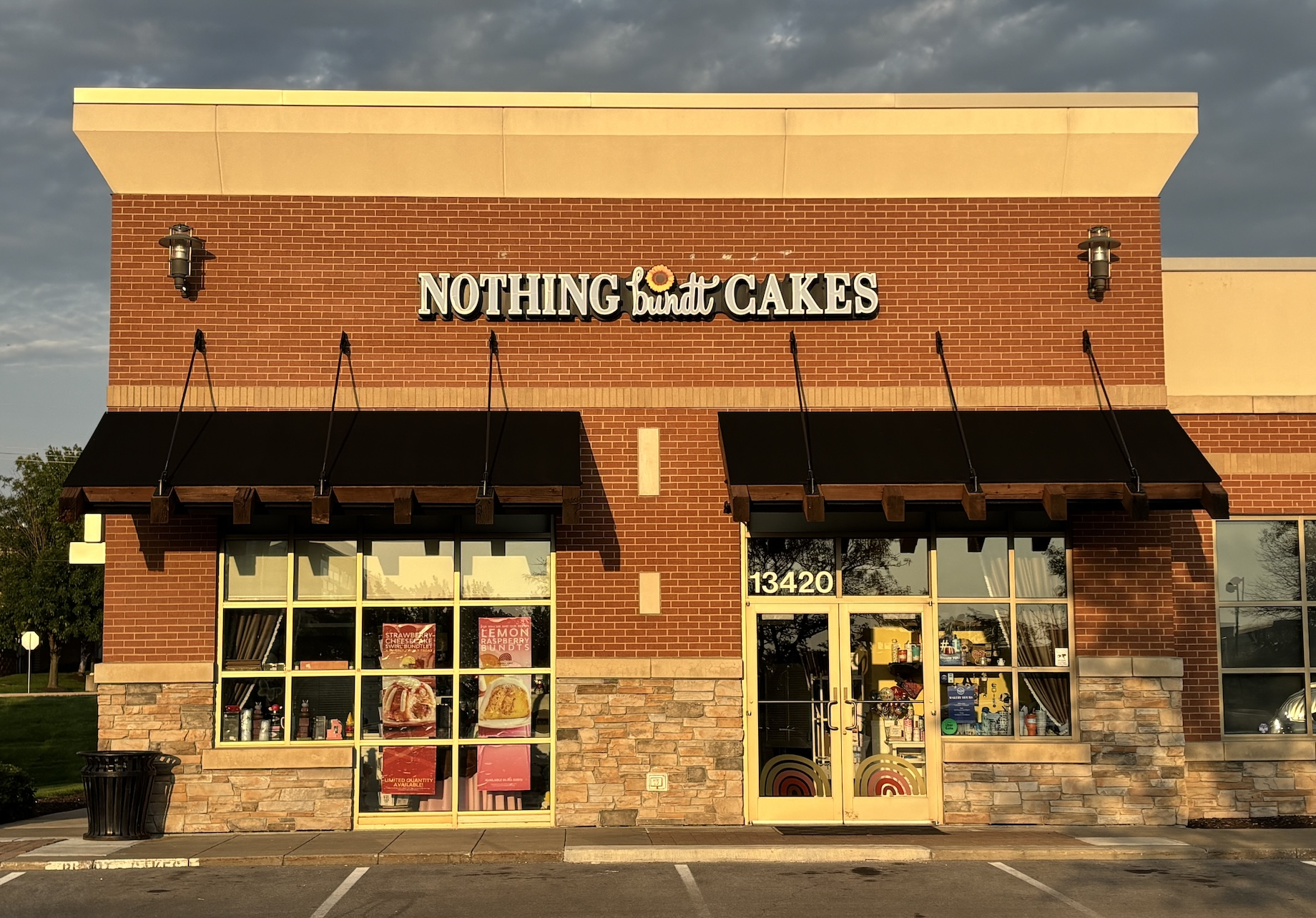The Short Version
- Successful one-product retailers like Bonobos and Aesop often expand beyond their hero products with complementary products.
- Winning operators now create brand connections built on storytelling, lifestyle and social media.
- As social media ROI declines above a certain revenue, many one-product brands turn to wholesale or physical stores to sustain growth.
- Repeat in-store business can be a challenge in categories like mattresses, purchases of which are infrequent, or high-quality candle brands, where future purchases may migrate online.
- One-product F&B brands like Honey Baked Ham, Nothing Bundt Cakes and Milkshake Factory prove resistant to customers shifting purchases online.
- Landlords continue to value one-product retailers for the variety they add to tenant mixes, even as fad-related categories risk oversaturation.

How One-Product Retailers Thrive in the Omnichannel Era
One-product stores once followed a strong and simple business model: Identify a need and become the clear destination to fill it. Need socks? Go to the sock store. Watch broken? Head to the watch shop. Get your meat from the butcher and so on. Today’s one-product stores benefit from a modern advantage: timely data and feedback on the product. But with that power to adjust comes an absolute need to do so in order to stay relevant.
The longevity of one-product retailers now depends not only on creating a product that resonates but also on fostering brand loyalty.
Building on the Core: Expanding Beyond a Single Product
Long-term success derives from a retailer’s ability to treat its specialty product as a foundation and then expand into complementary items, suggested Cushman & Wakefield retail services executive managing director Jason Greenstone. “A lot of the better brands that we’ve seen in the U.S., and generally in retail, start with one amazing product,” he said, “and then they iterate from there.”
Take Bonobos. In 2007, Greenstone said, two entrepreneurs wanted to create the perfect pants for men and launched the company as an e-tailer. A few years later, Bonobos was offering shirts, shoes and other apparel. It eventually expanded from its digital environs and opened a Guideshop physical-store concept, in which a clerk assists customers with products, styles and sizing for online ordering.

Perfume retailer Dossier opened its flagship boutique in New York City’s Little Italy on June 27. Photo courtesy of Transatlantic
Similarly, Aesop started developing hair and skin care products using natural ingredients in 1987 and over time has branched out — into candles, incense and complementary fragrance items for the home — noted Rebekah Kondrat, founder and managing partner of physical-retail agency Rekon Retail. She sees potential parallels with her client Dossier, a French perfume maker that launched online in 2019 and opened its first physical store on June 27 in New York City to encourage customers to test and discover fragrances. “Dossier is early in their expansion,” said Kondrat, “but I think the question is: Do they stay a one-product store or move into other products, like the candles and lotions that Aesop makes?”

Dossier’s permanent retail space in New York City, also pictured at top, provides customers with a product-testing hub. Photos above and at top courtesy of Transatlantic
The Shift From Commodity to Community
One-product retailers are nothing new, said Richard Rizika, a partner in and co-founder of Los Angeles retail brokerage Beta Agency, pointing to See’s Candies, which opened in Los Angeles in 1921, and the 1939 launch of Pink’s Hot Dogs in Hollywood. Other long-running categories include luggage, jewelry, tire and watch stores, while more recent examples are Warby Parker, Skechers, Lids and Buff City Soap.

Buff City Soap began making plant-based soaps in 2013 and opened its first store a year later. Since Iaunching its franchise business in 2017, the operator has grown to more than 240 locations — including the above location in Lee’s Summit, Missouri — and last year added laundry soap, body lotion and other products. Photo credit: Joe Gose
For years, one-product stores flourished because they satisfied needs and cravings and kept the experience simple, Rizika said. They also measured success by output, e.g. doughnuts, socks or candles sold. Now, the path to success no longer is as simple as identifying a need and selling that commodity. While moving product remains the goal, brands today must use social media to drive engagement and build connection. “The one-product model is about telling a story around an individual ‘hero’ item,” Rizika said, “but the product is rarely the whole story. The story is about a lifestyle, a philosophy and a relationship between the brand and consumer.”
Kondrat added that the return on investment of social media ads and posts from customers and influencers diminishes once gross revenue hits a certain point. Based on her experience over the past five years, social media marketing ROI loses steam at as little as $10 million in annual revenue for many retailers but sometimes at $60 million.
When Social Media ROI Runs Out
That’s when digitally native retailers look at wholesaling or opening their own stores. But wholesaling comes with a caveat. Once a wholesale retailer makes a product and distributes it to stores and the product sells, the wholesaler must wait another 90 days for merchandise returns to play out. Only then does payment make its way to the brand. That time gap can become expensive, Kondrat said. “What one-product brands are wising up to is that when you compare wholesale pricing to operating your own store, the latter actually starts to look cheaper,” she stated.
Watch Out: Even Great Products CouldLead to Lower Repeat Store Traffic
As Greenstone sees it, the product itself poses the biggest risk to one-product stores, including those with omnichannel sales strategies. Mattress sellers can boost online sales via showrooms that allow customers to test their products, but these retailers can’t depend on frequent repeat business, as any customer buys a mattress only once every several years. Similarly, a candle or soap store that also sells online may attract customers to the shop for the opportunity to touch, hold and smell samples. But once shoppers are satisfied with the product’s consistency and know what they like, Greenstone noted, they may prefer the convenience of making future purchases online over visiting the store, where a customer might put additional items in their baskets. “There’s a careful balance [in] offering a singular product that is something that you can also get online,” he said. “If you make a product so great, you’re not going to get a lot of additional interaction in the store after it has been purchased [there] once.”
Why Food-and-Beverage Brands Resist Online Sales Pressure
The exceptions are one-product food-and-beverage brands, which provide high resistance to internet poaching, Greenstone said. The Honey Baked Ham Co. and Nothing Bundt Cakes are two of the longer-running operators in the space. Brands undertaking more recent expansions include Milkshake Factory, which began franchising in 2016, and Cookie Plug, which launched three years ago.
FROM THE C+CT ARCHIVE: Milkshake Factory’s Pivot From Seasonal to Year-Round Business Was So Successful That Now It’s Franchising
Big V Property Group recently signed on both tenants, reported executive vice president of leasing Greg Ix: Milkshake Factory occupies 1,740 square feet in The Avenue Murfreesboro in suburban Nashville, and Cookie Plug occupies 1,030 square feet in Merchants’ Square in Carmel, Indiana.

Nothing Bundt Cakes, founded by two entrepreneurs in 1997, opened its 600th location at the end of 2024 and expects to reach 1,000 outlets by 2027. Above is a unit in Overland Park, Kansas. Ninety-eight percent of the brand’s stores are franchises. Photo credit: Joe Gose
Ix said one-product stores tapping into market crazes represent a risk for landlords, even if an operator is sound. Frozen yogurt concepts saturated the market more than a decade ago, just as the fad was beginning to fade, he said. Still, he added, landlords continue to make bets on one-product stores across food-and-beverage and other categories thanks to their differentiated experiences.
“Shopping centers are going to have your national tenants, like T.J.Maxx and PetSmart and Target, which are good from a name recognition and credit standpoint,” Ix said. “But those stores are the same wherever you go, while some of these smaller one-product franchises are outside the fold. To me, those stores are part of the overall tenant mix.”
By Joe Gose
Contributor, Commerce + Communities Today